Property Management Planning - Gossner, Gin Gin
Year: 2016
Program: Carbon Farming Project
The People
Bruce and Ann Gossner run an 850 ha grazing operation near Gin Gin conducted across 5
properties. Currently they are running just over 200 breeders and, normally, non-replacement
weaners are sold directly off the cow at 8-10 months of age.
The breeders are mostly Brahman or Angus–cross cattle with Brahman, Angus & Santa
Gertrudis bulls. Set stocking rates are used except at one property where cattle are rotated
between paddocks of improved pasture consisting of Rhodes grass, Green & Gatton Panics,
Bluegrass, Wynn cassia and Seca stylo. Remaining properties have a mix of native grasses (eg.
Black speargrass and Kangaroo grass) & improved species (eg. Rhodes grass and Wynn cassia).
Commercial harvest of timber is also conducted as part of the business and irrigated hay is
produced on the home property. This hay is stored as supplementary feed for their cattle.

The Opportunity

Bruce and Ann were interested in preparing a Property Management Plan, under the Carbon
Farming Project, with the assistance of Burnett Catchment Care Association (BCCA), as they
wanted to review current practices & land condition with a view to planning changes they
would like to make in their grazing operation. This opportunity was particularly timely given a
run of dry seasons which had resulted in disruption to some of their normal grazing & herd
management practices.
A review of carbon farming practices, relevant to extensive grazing in the Burnett, revealed a
number of these practices are already routinely implemented. However, they are keen to
continue, and enhance, these practices for the benefits they bring to the business and the
environment through improved resource condition, enhanced carbon storage and reduced
greenhouse gas emissions intensity (ie. greenhouse gas emitted per kg of beef produced.)
They aim to retain good ground cover and healthy perennial pastures (for soil health &
productivity) and carefully manage the significant stands of native vegetation which exist on
their properties. These practices will help to maximise carbon storage within the landscape
while operating a commercial grazing and timber-harvesting business.
The current and planned herd management practices, coupled with enhanced grazing
techniques, will also help to ensure they are running an efficient cattle-breeding operation –
thereby reducing the emissions intensity of the business and enhancing business viability.
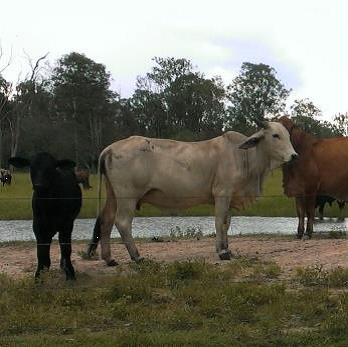
The Plan

As the operation is conducted over 5 properties, the Property Management Planning process
was used to identify the key activities likely to deliver the most positive benefits.
The use of property maps during the planning process helped Bruce and Ann to discuss and
prioritise their infrastructure & development plans. Planned activities include –
- Fencing projects – repairs to existing fencing & installation of new-sub-divisional
fencing to create some additional paddocks - Upgrade of existing, & installation of new, watering points
- Pasture improvement on the ‘better’ country and
- Stabilising eroded gullies.
The discussion around pasture condition was a chance to determine which paddocks need
spelling for recovery and which ones are recovering well following a reasonable wet season
this year. Some changes to grazing management are to be implemented such as incorporation
of more rotational grazing & associated paddock spelling for pasture recovery on an ongoing
basis. The planned fencing and watering point projects will help facilitate these grazing
management changes.
Some herd desired herd management changes have also been identified. They are keen to
move towards having all poll cattle and would like to see higher and more consistent calving
rates particularly for the second-calf cows. They aim to better collect, manage and use herd
data to ensure their culling and selection decisions are leading to herd improvement.
Strategies to achieve these goals are to be put in place.
The planned improvement activities will be conducted over a number of years as not
everything can be done at once. However, creating their Property Management Plan has
helped to identify activities that will create a more efficient, resilient & viable cattle-breeding
operation.
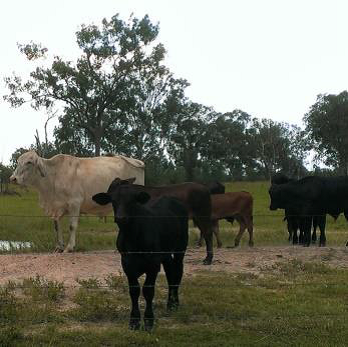
The Future

Some of the items listed in the ‘Action Plan’ section of their Property Management Plan have
already been started. Impact of the planned changes and actions on pasture & land condition
and animal performance will be monitored over time.
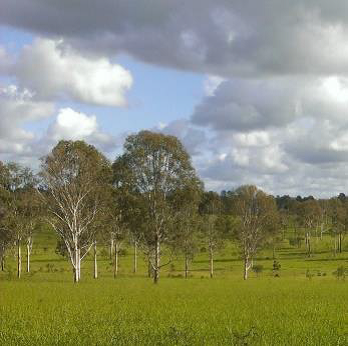
Program Sponsors
This project was supported by The Burnett Mary Regional Group through funding from the Australian Government
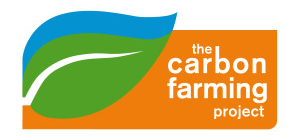


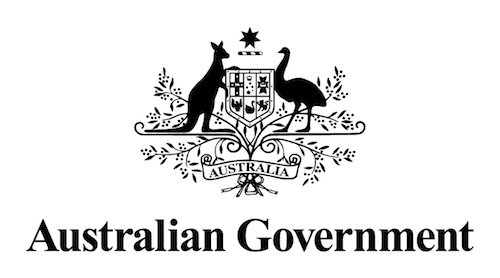
To download this case study as a pdf click here!
